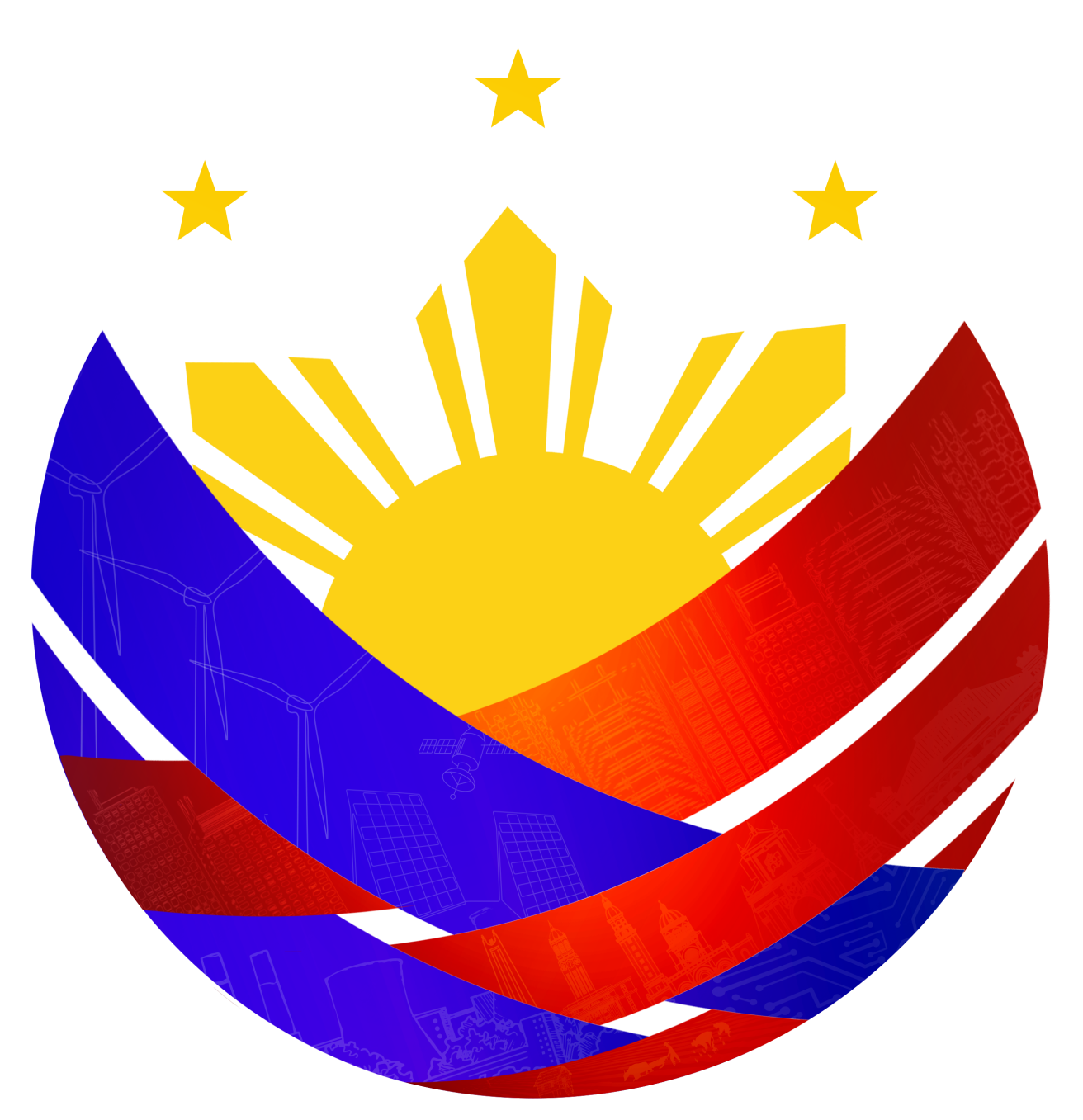
Province of Aurora
Aurora is a province of the Philippines located in the East-Central side of Luzon. The province covers 3,133.40 square kilometers and is composed of 8 municipalities and 151 barangays. The capital of the province is Baler. The province was named after Aurora, the wife of President Manuel L. Quezon, the first president of the Philippine Commonwealth who was born in Baler.
History
In 1572, Spanish explorer Juan de Salcedo became the first European to visit the region, exploring Casiguran, Baler, and Infanta. Early missions were established in Baler and Casiguran in 1609 by the Franciscans. Later, the Augustinians and Recollects took over in 1658, but the Franciscans resumed control in 1703. Missions expanded to Dipaculao (1719) and Casiguran (1753). Aurora was historically part of Quezon Province (then Kalilaya) and Nueva Ecija, before gaining its own identity. The province was eventually named after Aurora Quezon.